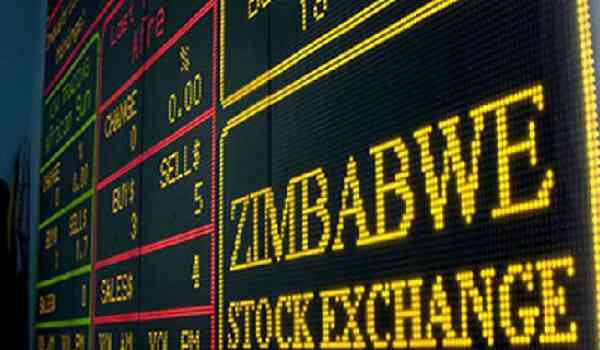
MOST readers of finance literature must have come across the concept of the efficient market hypothesis (EMH).
It is basically associated with the idea of a “random walk,” which is a term loosely used in the finance to characterise a price series where all subsequent price changes represent random departures from previous prices.
The logic of the random walk theory is that if the flow of information in any market is unimpeded and information is immediately reflected in stock prices, then tomorrow’s price change will reflect only tomorrow’s news and will be independent of the price changes today.
But news is unpredictable, and, thus, resulting price changes must be unpredictable and random.
As a result, prices fully reflect all known information, and even uninformed investors buying a diversified portfolio at the tableau of prices given by the market will obtain a rate of return as generous as that achieved by the experts.
In this article, Piggy looks at the three forms of the EMH; (i) Weak form, (ii) semi-strong and (iii) strong form.
Weak form efficiency
The weak form efficiency states that future stock prices are completely independent from past stock prices.
- Inaugural Zim investor indaba highlights
- Stop clinging to decaying state firms
- ZB explores options to tackle inflation
- Zim operations drive FMB Capital
Keep Reading
Moreover, all historical information has already been reflected in current stock prices making it impossible for technical analysts to make abnormal returns.
It also states that current stock prices do not reflect private information but only the past information available to the public.
According to Sharma and Thaker (2015), developed markets are considered more efficient than emerging markets owing to technological advancements, developed infrastructure and the faster dissemination of information.
However, results indicate that markets around the world are a weak form efficient in the long run.
Semi-strong form efficiency
Under semi-strong form efficiency, all stock prices reflect all publicly available information. It is arguably the most realistic form of market efficiency.
Semi-strong form efficiency implies that all stock prices instantly reflect new publicly available information such that investors cannot profit on this information.
Naturally, countries which do not possess high levels of technological advancement will be less likely to have semi-strong form efficient markets because of the sluggish dissemination of new information.
Strong form efficiency
Under strong form market efficiency, all stock prices reflect public and private information implying that inside traders cannot make profits.
This is the most perfect form of market efficiency but also the most unrealistic. This is because, by definition, inside information cannot be incorporated into prices because it is only known to a select group of individuals.
As such, arbitrage opportunities owing to this unfair advantage will always exist in any market.
Insider trading refers to the practice of purchasing or selling a publicly traded company’s securities while in possession of material information that is not yet public information.
Material information may result in a substantial impact on the decision of an investor regarding whether to buy or sell the security.
Non-public information is that which is not legally out in the public domain and that only a handful of people directly related to the information possess.
In conclusion, most African stock markets (including ZSE and VFEX) are characterised by several institutional features that sets them apart from one another and from developed industrialised economies.That said, the EMH provides a solid framework upon which the investment analysis discipline is based on.
There are generally two approaches that are employed when analysing capital markets; fundamental analysis and technical analysis.
For example, when trading or investing on the stock market, there is need to appreciate that companies do not operate in isolation given that they operate within an industry and broader economy.
Fundamental analysis is a broad study of the economic and political forces that determine the price levels of an asset.
This includes stock prices, exchange rates and even property prices. Like any other price, supply and demand dynamics are critical.
By forecasting how these forces will change and develop over the medium term, one can forecast how price levels will move.
On the other hand, technical analysis operates from the assumption that past trading activity and price changes of a security can be valuable indicators of the security's future price movements when paired with appropriate investing or trading rules.
This draws us to the conclusion that the weak and semi-strong forms are more realistic models, particularly in developing economies.
- For more insights, join a PiggyBankAdvisor WhatsApp Group (+263 78 358 4745).
- Matsika is the managing partner at Mark & Associates Consulting Group and Founder of piggybankadvisor.com. — +263 78 358 4745 or [email protected] / [email protected]






